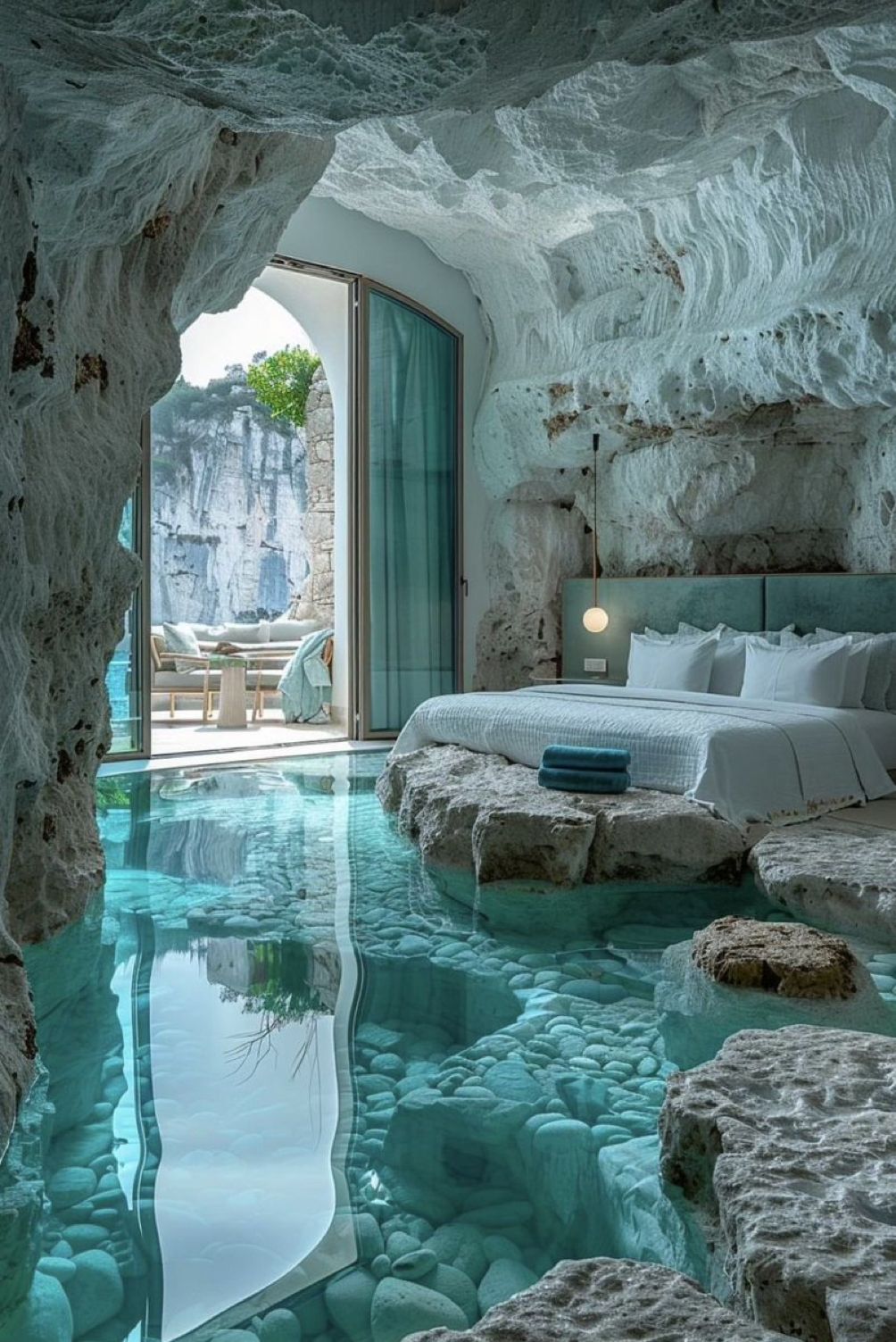Digital Transformation and Sustainability in Construction | Lucy Homer, Lendlease
Built Environment Matters.
One of the key things she noticed was that representation from the Global South is increasing.The Global South is composed of poor countries who lack access to energy to help build their economies and infrastructure.

Gogan notes that the people in these areas are already very exposed to climate impacts, and they’re also much less resilient to them.These countries have a simultaneous demand for both energy growth and decarbonisation, meaning that they’re in very serious need of clean energy solutions..Considering that the industrialised world has contributed the majority of historical carbon emissions, Gogan points out that it’s really becoming socially unacceptable for us to continue to move so slowly to decarbonise our own economies, giving support to one technology, but not another.

This is heightened by the fact that nuclear plants are currently providing about half of Europe’s clean energy, which leads to the obvious question: how can we justify shutting them down and replacing them with coal and gas?.Rising Carbon Emissions.

Alarmingly, despite having spent decades now talking about action for climate, carbon emissions continue to rise year-on-year.
In fact, the COVID-19 pandemic was almost undetectable in terms of carbon emissions, with the highest ever emissions growth in 2019/2020.This allows the designers and stakeholders at an initial planning stage to see, digitally, how their assets could perform during production and provide feedback during the project at the earliest opportunities where large changes can be made to maximise value.. For the purposes of this project, operations upstream of raw material addition, and operations downstream of the final truss painting, were excluded from the simulation.
The remaining process steps represented the core fabrication steps to transform raw materials into finished trusses, in addition to some of the largest investments in capital and automation and, therefore, the areas of highest interest.. We built the model itself in AnyLogic, primarily with the process modelling and material handling libraries.We drew a spatial representation of the factory to define the arrangement, quantity and sizing of process stations and travel routes (including conveyors and forklifts) as well as crane zones to facilitate movement of raw materials and assemblies through parts of the line.
We created a logic flow to define how all the raw materials and assembled trusses moved through the system, depending on their types and other parameters..Some aspects of the process were fixed, such as the quantity of welding stations and the routing of specific truss types (e.g.




